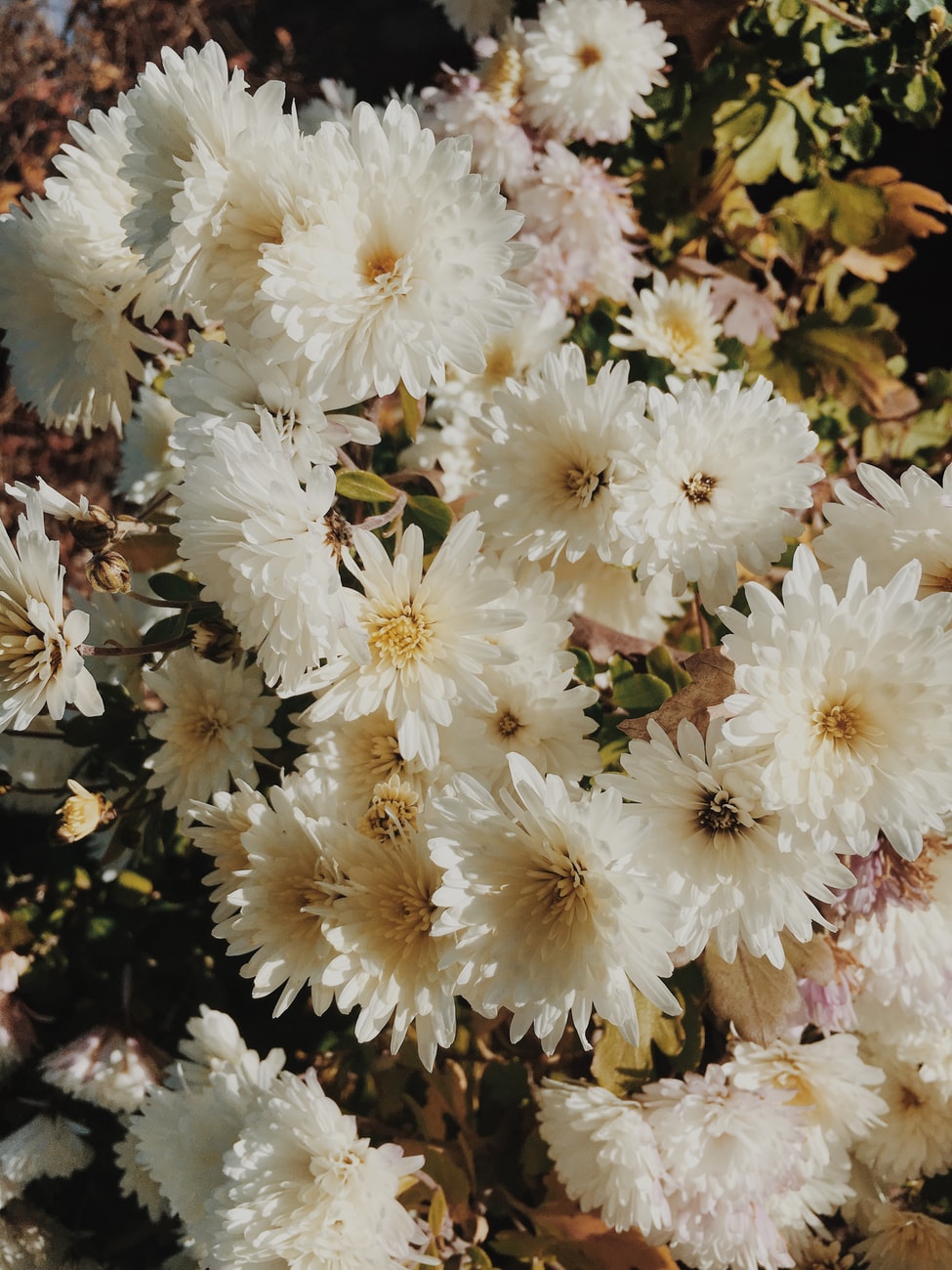
Hi, TLCers, nice to see you! Everything is a piece of shit.
Call it August doldrums, call it 2020 part 2, call it global catastrophe, call it burnout, call it burning, just call it like it is: bad.
Lately I’ve felt like my brain is literally breaking. I swear I can hear it creaking when I check the news each morning (or, more likely, in the middle of the night), every time I scroll through Twitter—whatever’s been holding the ol’ gal up all these years is showing some strain, and the screws are getting ready to split. I want to dance naked and jump from boulder to boulder and pad barefoot through the goddamn forest or something, slugs and rotted leaves sliding beneath my toes, smell the cool river that’s waiting and running at once. I want to feel the sun burning on the backs of my knees. But instead I sit and stare at a computer screen, and the void stares back. It looks awful out there. It looks awful in here.
Can writing help?
Welcome to existence.
Writing through… this?
I’m not the first person to observe that what we’re all living through these days and recent years has felt a lot like never-ending grief—so much so, it might be helpful to turn to some of the strategies the experts on writing-through-grief have developed for us, and try and incorporate what feels good to us in our regular writing practice. Please return next week, when I’ll share some writing and exercises related to writing through grief (that post will not be paywalled, but hit the button below to make sure you get the notif).
Others of us might not be experiencing this time as a grieving, but as a fading. A fading away of the picture we had of our lives, how things were going to work, what we could reasonably expect of ourselves and others, what we could reasonably hope for the world. Part of what fades away for us sometimes is the desire to create anything. With all that fading, so goes the light—what else are we to see by?
A couple of years ago, an editorial agency blogged about the difference between “writer’s block” and “writer’s burnout.” Obviously a ton has been written at this point about the warning signs and symptoms of burnout—but it was interesting to see this specifically related to writing, and it’s so much about the feeling of being uninspired and even anti-inspired (writing is pointless!), a term I just coined, that I wanted to share it today.The symptoms of creative burnout
A selection from the NYBookEditors blog:
- You think about your writing “to do” list while attempting to relax
- You can’t relax
- You don’t sleep well
- You don’t enjoy writing anymore
- Everything you write sounds the same
- Everything (including writing) seems pointless
- You procrastinate
- You’re isolated and don’t socialize as much as you once did
- Your work isn’t as good as it once was
- You have trouble locating your creative self
- You fantasize about running away from it all
- You’re moody and negative
- You’re lethargic
- You’re forgetful
- You’re constantly fending off a cold (burnout stress often leads to physical stress)
(Please note that this is a selection from the larger list, which originally contains a number of symptoms of clinical depression, including “you’re depressed.” Please seek help if you are experiencing depression or think you might be depressed, or if you just want someone to listen to you and help.)
While this list is helpful to get a sense of how you’re doing, what do you do if you check off 50% or 80% or 100% of these symptoms?
The good advice remains good always: take a break (no, a real break), go outside, blah blah thank you. The rest of that post isn’t worth reading for the advice, but I liked this a lot:
“Your mission isn’t to find new writing ideas. Rather, your goal is to reignite your desire to write. When you see others do beautiful things, it compels you to do beautiful things, too. Greatness always unlocks greatness.”
You’ve heard me say things like this a lot since the start of TLC. You have to fill your creative cup. It’s not your job right now to do the inspiring, or even to inspire yourself. (WTF is “inspiration” anyway, and what’s its role in writing? Tune in for some future edition of The Long Conversation, probably!) Your job is to make this not a job. Ya know how, as a writer, one of your biggest goals is to inspire people? Well, guess what! Other writers have worked just as hard to inspire you, so why not do them a favor and use what they have created for exactly what it’s for? For beauty multiplies beauty.
How, Rachel? You are in a grief spiral and not making any sense!
I defy thee. Let’s get started.
This week’s assignment
The “fill your cup” advice remains the same: have a handful of books near your desk that you can open to a random page when you’re feeling nothing and know that you’ll feel something. Read widely, exploring new genres and formats. Be open to writers you think might not have been writing for you.
Today, beyond just reading great stuff, we’re going to see how we can really use works of art to inspire new ones.
So come, my friends, my light. Let us read a poem.
I found a signed broadside of the poem we’re going to read today, by C.D. Wright, several years ago and gifted it to a dear friend, whom I have not seen since. It was his favorite poem. I still try to give it away as much as I can. (One of the best things about the written word, isn’t it? You can just keep giving it away.)
Here are a few ways to mine a poem for inspiration:
- Pick a word, any word, and use it as your title or otherwise use it in your work.
- You could design the whole work around that one word.
- Maybe you read this seven times and then you write a poem, too.
- Maybe you keep writing this poem, copying down what the poet wrote and then continuing on in the same vein or voice or varying it.
- Maybe title your poem, essay, or post with a line from this poem, a great strategy I always find helpful when I don’t know how to begin.
- Maybe make the a line (the last?) of this poem the first line of your piece of writing.
Do yourself one more favor this week, and stand in front of a mirror and read this out loud, really read it, perform it. Do your best, don’t be embarrassed. No one is watching. I beg of you to try this, but I won’t be asking. This is just between you.
Ok? Here we go.
Re: Happiness, in pursuit thereof
It is 2005, just before landfall.
Here I am, a labyrinth, and I am a mess.
I am located at the corner of Waterway
and Bluff. I need your help. You will find me
to the left of the graveyard, where the trees
grow especially talkative at night,
where fog and alcohol rub off the edge.
We burn to make one another sing;
to stay the lake that it not boil, earth
not rock. We are running on Aztec time,
fifth and final cycle. Eyes switch on/off.
We would be mercurochrome to one another
bee balm or chamomile. We should be concrete,
glass, and spandex. We should be digital or,
at least, early. Be ivory-billed. Invisible
except to the most prepared observer.
We will be stardust. Ancient tailings
of nothing. Elapsed breath. No,
we must first be ice. Be nails. Be teeth.
Be lightning.
—C.D. Wright, Rising, Falling, Hovering
This is C.D. Wright, one of my favorite writers , who also wrote: “Poetry is a necessity of life. It is a function of poetry to locate those zones inside us that would be free, and declare them so.” She died in 2016.
This week’s assignment p. 2
One other way to jumpstart my writing, especially when I am so burned out on thinking and feeling that I really have nothing new to say (it seems), is to start with someone else’s mistake.
My many little notebooks full o’ notes are mostly collections of lines taken out of context so as to give them space to take on new meaning, as well as things I have overheard or misheard, and typos. Typos in other people’s writing can be magnificent gifts, because they are a flaw. Let’s talk about flaws for a mo’.
Navajo weavers add small flaws to their work, called a ch’ihónít’i, or spirit lines. Some people say the “flaw” is there because only god is perfect, and we humans should never strive to be—this idea and the practice of intentional flawing is shared by many cultures around the world, including artists in India, Pakistan, and Japan, in Jewish culture, Amish culture, and elsewhere. Others say that because part of the weaver’s spirit goes into every work, the ch’ihónít’i is added so that the spirit doesn’t get trapped—it is sometimes called the “way out” line. Still others believe the flaw is added to let evil out, or to let god in. It’s the last version I learned of first.
Once you start thinking of flaws in this way, you might start seeing the good ones everywhere, like cracks in the illusion of the world, sparkling fissures that open frighteningly, blessedly, delightfully into more.
In one of the many articles on living in a state of grief that were published in 2020 (again, we will discuss this more next week :)), there was a typo in one of them that I still can’t stop thinking about: “The truth is a feeling that moves through us.”
There is no context for this line in the original article, because the way it fits in to the paragraph it appears in makes it clear that it’s meant to read something like: “The truth is, a feeling is a thing that moves through us,” or simply, “The truth is, a feeling moves through us.”
Nothing wrong with either of those. But “the truth is a feeling that moves through us”... Damn, isn’t there space there?
So try starting a half hour of writing with that line this week: “The truth is a feeling that moves through us.” See the flaw as the hole that’s the door that it is, one you can stretch open further and further, until you can crawl right in and sit beside the spirit, or lead her out.
Album of the Week!
Live Through This, by Hole
Courtney Love’s grunge-rock classic is metal as hell, and it’s been rewarding to finally see Love, who was widowed by Kurt Cobain in 1994 just days before the release of this album, getting more credit for her own contributions to the genre. Live Through This is a rare perfect record, every track worth hearing every word to. The lyrics on this record are just astoundingly good. I’ve had some of the best times of my life driving down the road at 16, 20, 25 years old, my car full of long-haired punk-poets depressives, blasting this record like it was the last thing we’d ever hear. It’s still what I put on when I need to scream. Watch Courtney Love in her glory in the original video for the opening track:
Post-script
Honestly, listening to this record while writing this post and then reading about Lana Del Rey and Courtney Love’s weird relationship, I feel better. Actually, writing this post tonight has made me feel better. Talk about the flaws that show us what’s real.
Ask Me Anything!
What topics on writing and editing does TLC cover? I want to answer your questions directly! If there’s anything you’ve wanted to ask an editor, or me specifically, please email me at [email protected] (or post in the #writing channel if you’re a paid subscriber in our Discord). I can’t wait to see what you come up with!
Don’t worry,
Rach
The Only Subscription
You Need to
Stay at the
Edge of AI
The essential toolkit for those shaping the future
"This might be the best value you
can get from an AI subscription."
- Jay S.
Join 100,000+ leaders, builders, and innovators

Email address
Already have an account? Sign in
What is included in a subscription?
Daily insights from AI pioneers + early access to powerful AI tools
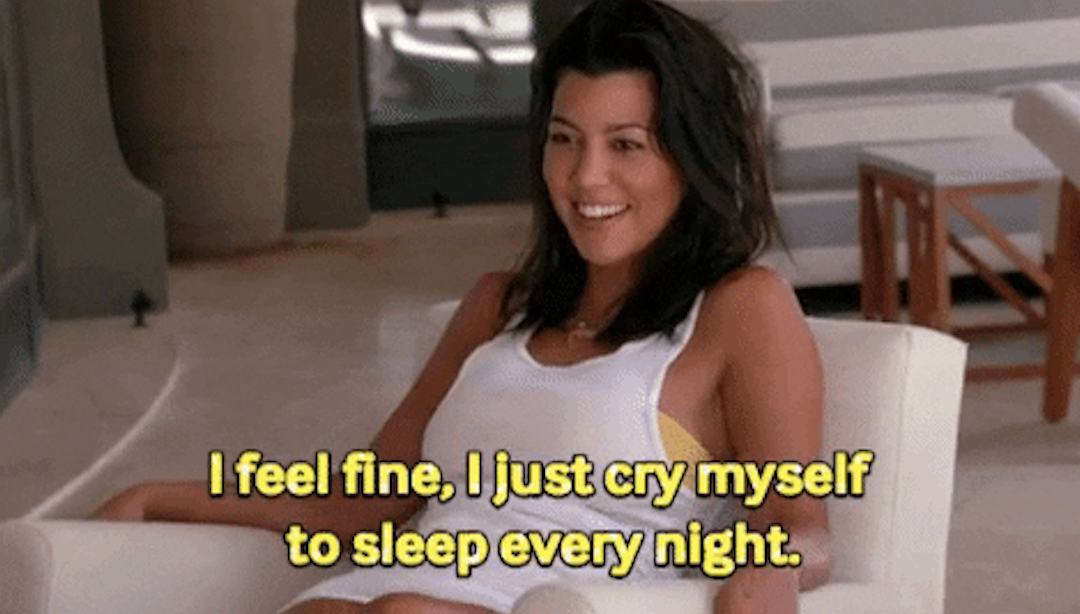
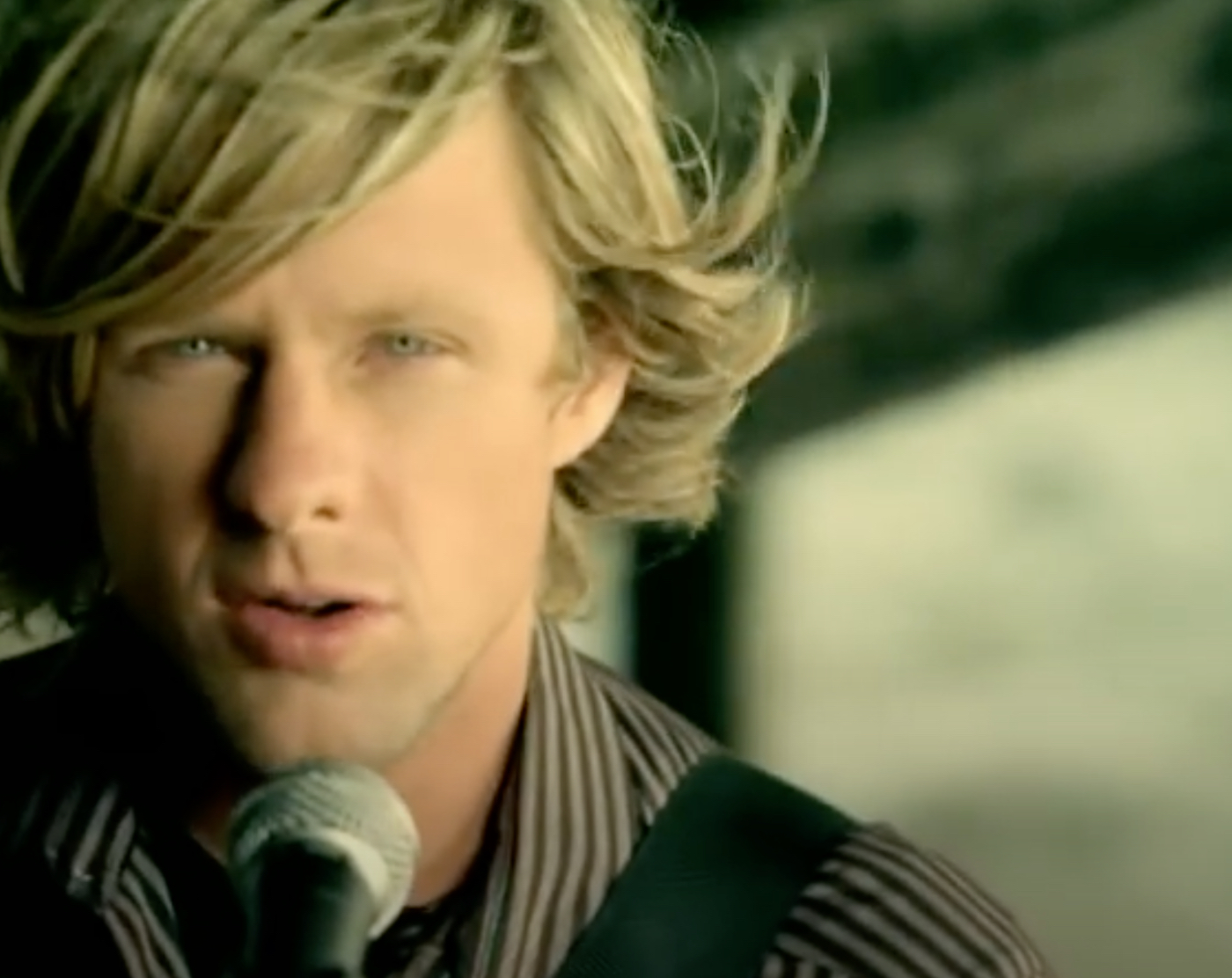
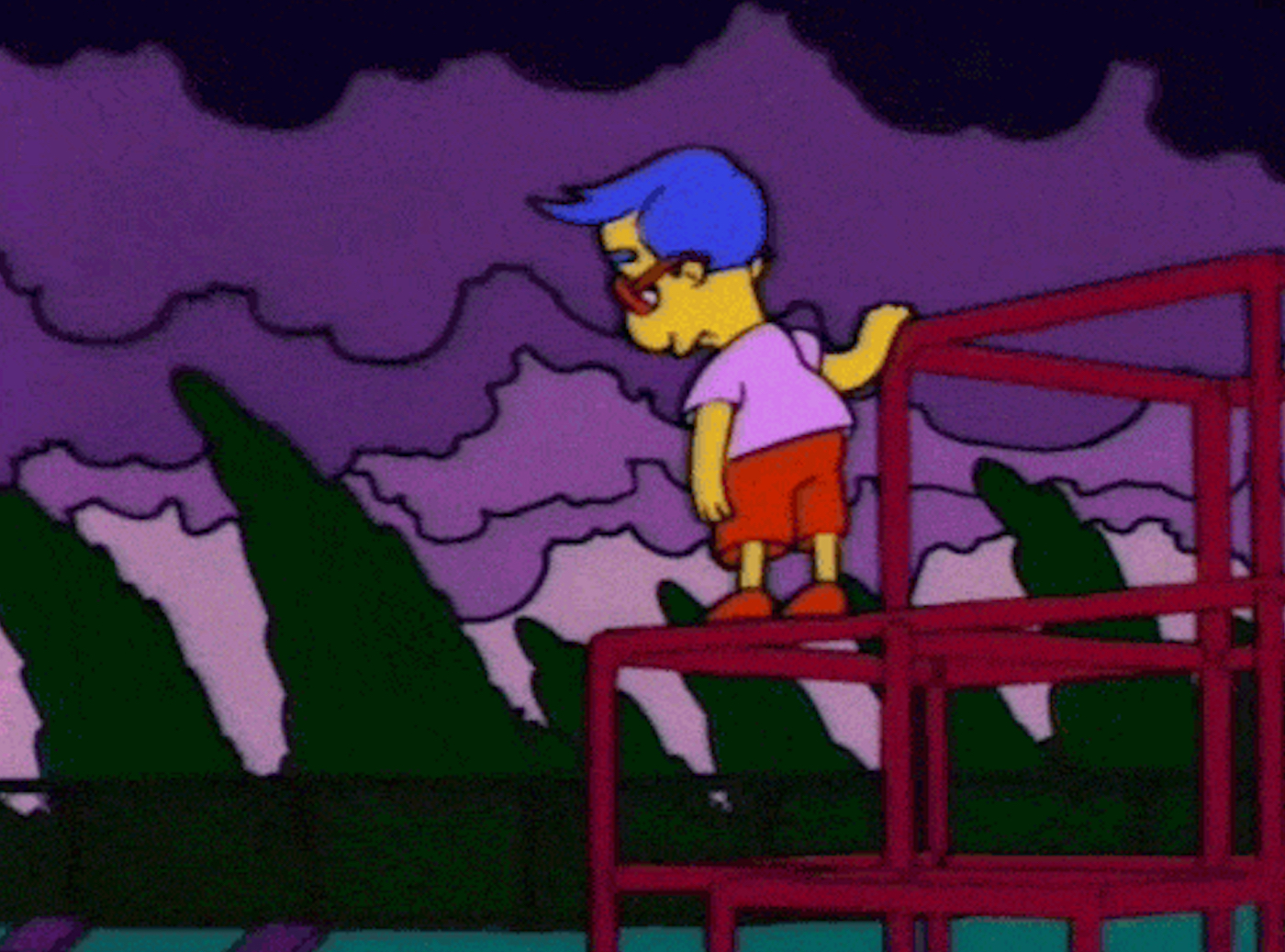
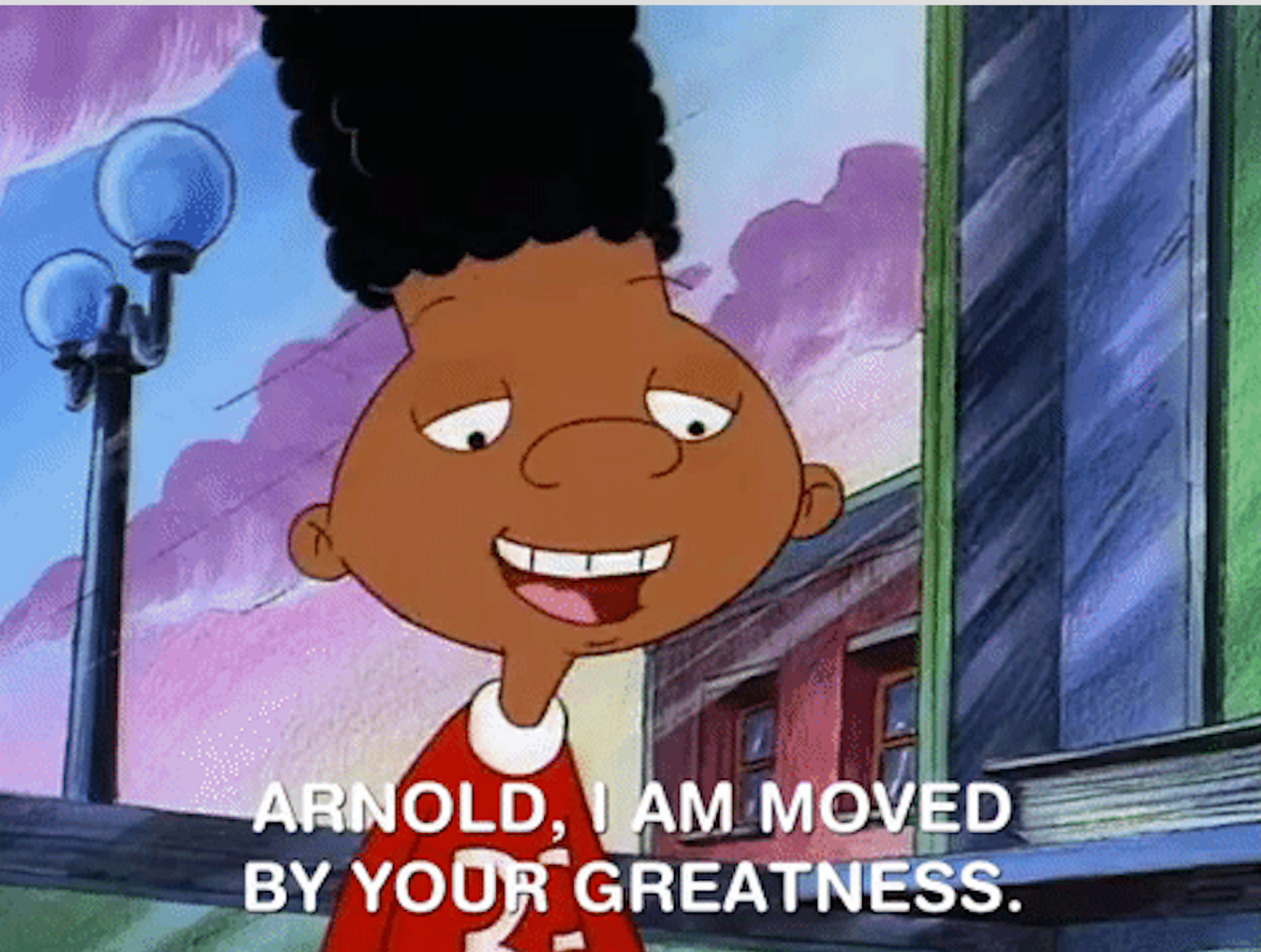










Comments
Don't have an account? Sign up!